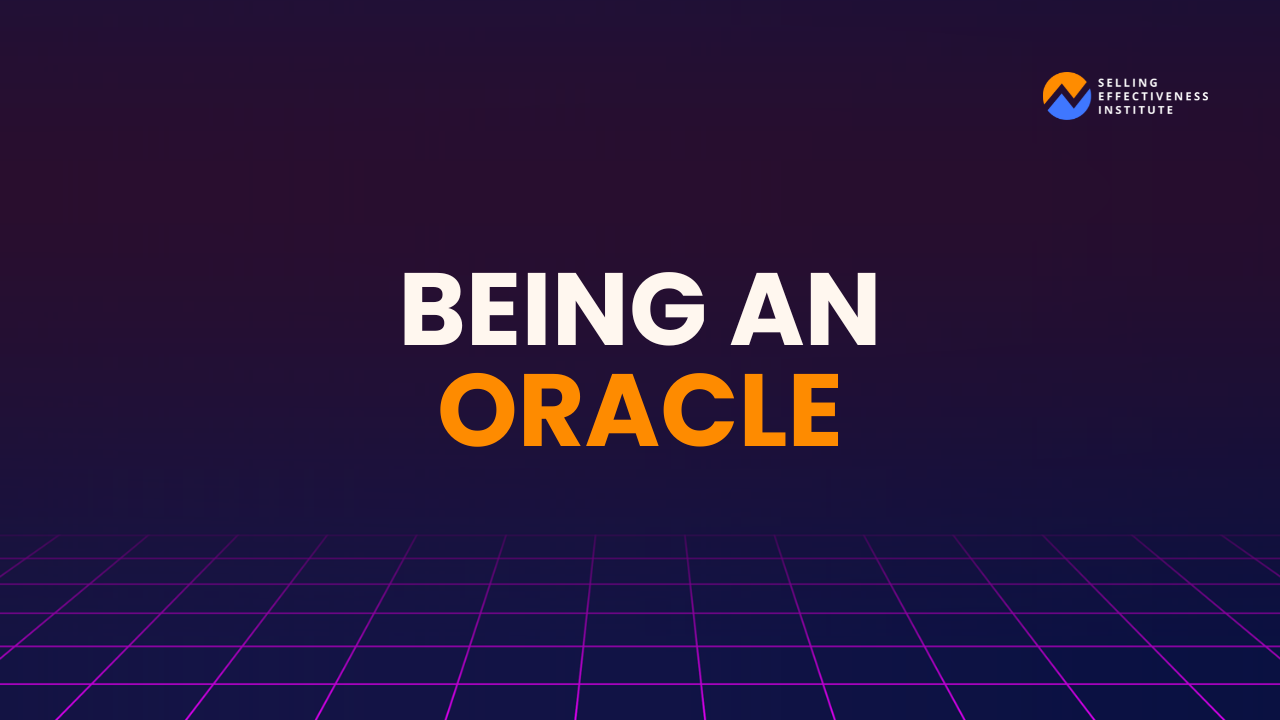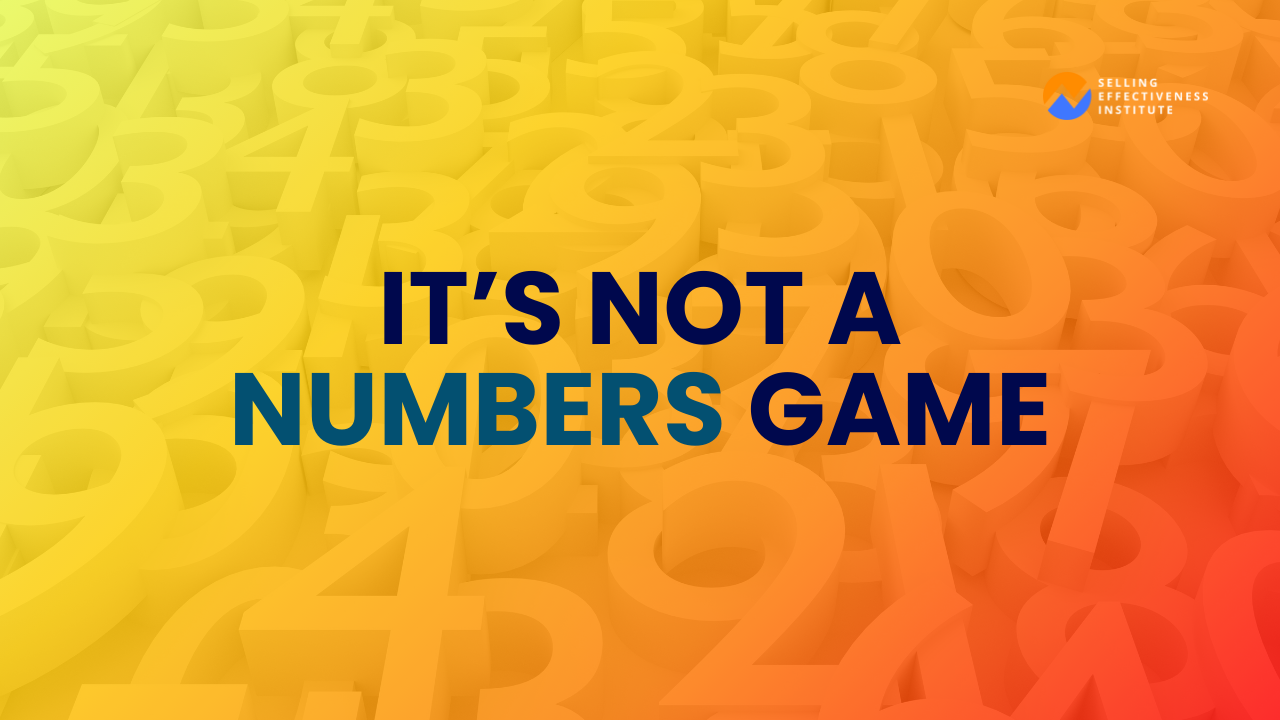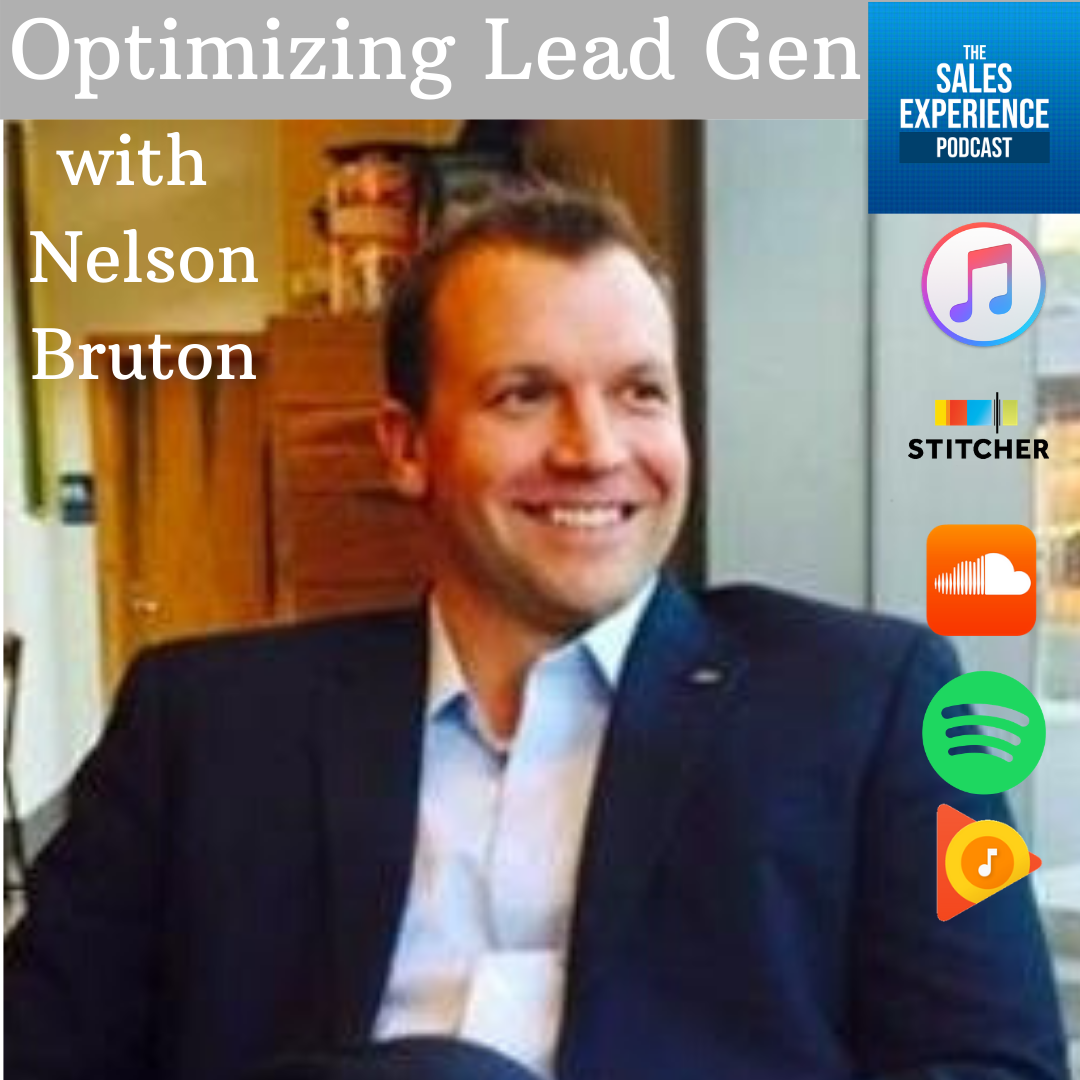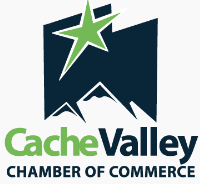Jason: Hi and welcome to the sales experience podcast. My name again is Jason Cutter and today I have Nelson Bruton, so he is the president of interchanges and he focuses on helping companies with their new client acquisition as well as high level strategic planning. While he’s focusing on marketing and lead generation and helping companies in those aspects. He has also done sales for a long time. In my experience really taught successful professionals in marketing are also salespeople because you kind of have to do both and you have to look at both angles and he’s been doing all that for almost 17 years in this role that he’s had specifically. Nelson, welcome to the sales experience podcast
Nelson: Nice to be here. Thank you for having me.
Jason: So a lot of focus that you have is on a marketing and this is of course a sales related podcast, but you know, kind of what we’ve spoken about before is how that’s all interlocked. Like all of it is interrelated. It’s tough to have sales without marketing, even if you’re doing cold calls and outbound at scale. There’s still some marketing, some branding aspects. So let’s just start there with marketing lead generation specifically, like the right leads, the good leads and your thoughts on that or how you approach that with companies that you work with?
Nelson: Yeah, I think the objective for marketing and sales really is the same thing. It’s to communicate the value that you can bring to a customer, to the ideal customer. Right? And that’s pretty much it. You’ve got to communicate your value to your ideal customers so that you can get more of them. You gotta do that in sales and you gotta do that in marketing.
Jason: And there’s two different kinds of marketing s just to be clear, so there’s branded marketing, which is, you know, you just want to promote your brand, you want to get your brand out there and people be aware of it. And then there’s like performance revenue marketing where it’s all about generating those leads, which are going to generate revenue directly tied to the marketing.
Nelson: Yeah, absolutely. Yeah, that’s a good distinguishing conversation. And there’s a lot behind each one of those. But yeah, I mean, you know, there’s the marketing to drive brand awareness, which is, you know, we don’t get too much involved in that. And then there’s the, how do we make sure that we’re generating very specific types of leads. And for us it’s in the B2B marketplace, you know, because people who do business with other businesses.
Jason: So how do you determine like your strategy, cause you’ve been doing it for someone, how do you determine the right leads or the best people to go after with the marketing?
Nelson: I go to trade shows where I know my customers are going to be and I try to meet them face to face, nothing beats face to face. And you know, the industries that we call on, which are typically manufacturers. So these industrial companies we need to show up, meet him face to face and start conversations that way. Then the other way, you know, is LinkedIn. LinkedIn has been very successful for us and then of course picking up the phone and calling people. So yeah, you gotta have that blend of marketing and sales, you know?
Jason: Yeah. So, and then with your customers, what kind of efforts are you putting in for them to help them with their client acquisition?
Nelson: Sure. So we’re a full service digital agency. We’ve been in business for going on 18 years now and uh, there’s really two things that over the past few years we’ve really honed in on as our hedgehog concept. And if you’ve read Jim Collins book, good to great. Yup. Hedgehog concept is, you know, what do you do really well? It’s scalable. And for us, the two things that we provide our 24 seven human live chat, what I mean by that is we pop up a live chat window in the bottom of a website. We provide the people behind the chat 24 seven for our customers. We initiate conversations with every single one of their visitors 24, seven and every time we’ve done that, for the past 16 years, we’ve been offering that service for 16 years. We’ve pretty much doubled sales leads for our customers. So that’s something that we can do repeatedly and we can pretty much guarantee results on. The second thing is we help our customers leverage LinkedIn to reach out through their target specific markets to the people actually within their target markets. So live chat and LinkedIn lead generation are the two primary solutions that we’ve really been having a lot of success with recently
Jason: With the live chat feature because I’ve seen that on websites, I’ve used it a few times, but what have you seen as the evolution of that over time? Because if you had been using that for years and years and years, there was a time where let’s say more people were interacting with the phone or you know, and less on websites and that’s evolved to more people going to websites, maybe less phone calls. How have you seen that change just as like a higher level kind of interaction standpoint and then you know the conversion results. Where are people interested in converting that website visitor into an actual interaction? How does that process let these days?
Nelson: Yeah. Interestingly enough, there hasn’t been too much evolution. As soon as we started doing this 16 years ago, it worked and it still works just as effectively as it did 16 years ago. And you know, you would think things would change the time. Change the ways that people communicate change. Right. That’s certainly true. But the one thing that’s remained constant for that particular service, there’s people on a website engage them in conversation right now there’s some complexities that have entered the market. There’s a lot of chat bots and artificial intelligence that are out there that are trying to enter the market. And especially in the industrial space. I’m not sure if it’s true across all industries, but people like to buy from people. So we’ve tested chatbots for some of our clients and the results were nowhere near what human human interaction producers.
Jason: What is the chat bot missing? I mean obviously in a human human, but like where’s the over-under on, you know, the human engagement,
Nelson: You know, it’s, it’s like when you call into a company, would you rather talk to a person or have to wait and figure out what option you need to push?
Jason: Yeah, just get straight to a person,
Nelson: Straight to a person. And as soon as people have chats with chatbots, I mean I’ve done it myself, where as soon as I have a chat and I ask a question, I realized, Oh, there’s a chat bot close. They’re not gonna be able to help me. You know what I guess I’m going to have to call. And so when there’s a real human there, there’s training that we can provide our people to answer questions and lead them through the website and react in real time to what’s being asked by the website visitor. So you know that human to human connection. When I speak at conferences and trade shows and workshops, that’s what I say. I said, you know, the fundamentals of business have not changed over the years. People still buy from people. The ways in which they communicate certainly continues to evolve. And by golly, you should be talking to the people that are on your website.
Jason: It’s interesting because I spent pretty much all of my career in for sales, inside sales, you know, call centers, a lot of phone, some face to face. But mostly phone and lot of people, you know, just think by default, like nobody uses their phone anymore and people don’t want to call anybody, especially to buy something. But if there’s a consultative type of sale and there’s some interaction and some customization that needs to be done, there’s still people like people default, people want it. I mean, people don’t want to buy a mortgage from an online website or a robot, right? I mean, it’s a big deal.
Nelson: It’s just not going to happen, you know, with the sales process. And that’s, that’s interestingly enough, that’s really where we Excel and I’ve had the most success over the years. The more complex the products and solutions that our customers offer, the better we do at generating leads for them. For example, we have clients that manufacturer railings and, uh, lifts and guarding rails for large industrial facilities. And you know, these projects are multimillion dollars, big capital intensive projects, multi-years sales cycle in some cases. And we convert sales leads all day long and start the conversation on the website. We have customers that manufacturer large metal components out of different materials through the forging process. And a few months ago there was a chat lead that came through worth over $7 million. Wow. Obviously that’s going to be a long term sales cycle, but I mean, got to start somewhere. Why not the conversation on the chat on the website.
Nelson: Another thing I’ll add to that, and interestingly enough, somebody at a trade show brought this to my attention a few weeks ago and they said, Oh, it’s kind of like having a greeter at your booth, but they don’t know the answer. They’re gonna walk you over and introduce you to somebody who at the booth who does. So you know people, they spend a lot of money on trade shows to have conversations with people while they’re walking around and coming up to the booth. Well, people spend a lot of money on their websites driving traffic through ad words or SEO or social media or email. And they’re missing so much opportunity by not having somebody on there online, goose greeting the people that are coming there.
Jason: And that’s a great visual because I can imagine the trade show equivalent right for the booth. And I’ve seen booths like this where there’s people working in the booth and they’re kind of sitting in the back of the booth, standing around in the back of the booth, literally waiting for someone to come up and beg for their attention and ask them for help versus being upfront and making eye contact and engaging with people and kind of breaking that barrier and seeing if there’s interest, if it’s a good fit. But I know I’ve walked past booths where there’s literally everyone doesn’t seem to care about it and it just waiting for a high interest version and I just keep walking like I know just don’t care because they don’t care. Exactly. Yeah. So that’s interesting to apply that to the website with the chat feature, which never really thought about that because it’s keeping that person from having to go all the way 100% of the way to, you know, showing interest.
Nelson: Yeah, absolutely. That’s what I sell all day.
Jason: That’s awesome. So speaking of which, let’s talk about sales. So obviously you do a lot of marketing, you know the chat feature is huge, but then there’s this whole side of you that sales and the whole side of that, that sales, right? That’s not just marketing and lead generation, that is sales and interacting and chatting with people. Let’s start with how do you train your people, the teams that are doing the chats for these various different clients, which they’ve gotta be diverse, you know, depending on how many accounts they’re on, how do you create that sales experience and train them to create that sales experience in this narrow little like chat window of the world.
Nelson: For the chat people that we train, it’s really quite simple. We want them to understand the frequently asked questions that are going to come in and we want them to understand all the pages of the website, but what we train them to look for wait for it really is the inevitable. Especially with the types of customers we work for. As soon as a technical question come in or a sales related question, we don’t want to train them to answer those questions. We want them to say, let us have an expert help you with that. Can I have your phone number and email? Boom. At that point we get the conversion I eat. We’re going to walk them over to the person in the booth that can answer that technical question. So we’re not really training our chat people to be salespeople on the site. We’re training them just to convert the visitors into opportunities.
Jason: Well that’s it for the first part of my conversation with Nelson Bruton. Makes sure to go to the cutterconsultinggroup.com website where you can find the transcript, all of Nelson’s links. Well before we get to part four so you can find where he’s at mostly on LinkedIn, also on his website. And then you can also follow me and him on LinkedIn. And as always, keep in mind that everything in life is sales and people remember the experience you gave them.













